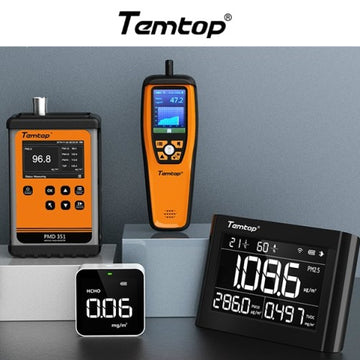Repost: The air inside our homes is killing us: How to protect yourself and make your home safe
Air pollution in British homes is leaving thousands of people with lung disease, chronic obstructive pulmonary disease, cancer, stroke and heart disease, figures show.
Analysis published by the London Assembly estimates that air pollution causes 40,000 premature deaths across the UK each year – equivalent to 8.3 per cent of deaths – costing the NHS and public services around £40bn each year.
Toxic air pollution is also responsible for stunting the growth of children’s lungs, leaving lasting damage.
Rising awareness of the health risks posed by dirty air has prompted an increasing number of cities in the UK to restrict road traffic in heavily polluted areas in an attempt to bring dangerously high levels down.
London extended its ultra-low emission zone in October last year as it tried to cut air pollution in some of the most densely populated areas of the city.
Bath, Birmingham and Portsmouth have already introduced clean air schemes, with Manchester and Newcastle planning low-emission zones as well. In Scotland, Aberdeen, Dundee, Edinburgh and Glasgow have all committed to introducing low emission zones this year, though charges won’t apply until 2024.
According to charity Asthma and Lung UK, pollution isn’t just a health risk outside. Some 90 per cent of our time is spent indoors with dust, dirt and gases present in the air inside buildings including homes and workplaces.
Indoor air pollution includes particulate matter, tiny particles of dust and dirt in the air such as soot and dust mites, and an array of toxic gases including carbon monoxide, nitrogen oxide and sulphur dioxide – caused by anything from gas stoves and wood burners, to damp and mould.
“Heating and cooking with gas releases tiny particles of nitrogen dioxide and carbon monoxide into the air you breathe,” said a spokesman from the charity.
“However, gas is much cleaner to burn than coal and wood. Coal burning produces 125 times more sulphur dioxide than gas, on average. If you use a gas cooker, the most important thing is to keep the room ventilated when cooking by using an extraction fan and opening windows.”
Electric is seen as the cleanest form of heating and cooking as it releases fewer particles than gas, and much less than burning wood and coal.
Property developer Joseph Homes has recently completed a block of 70 clean-air apartments in south London.
The company’s chief executive Joseph Rajah believes indoor air quality testing should become part of building regulations in urban areas.
The Tramyard scores 130 out of 150 for indoor air quality, despite its central location. It is one of the first residential developments in the capital to be tested and receive such a high rating.
Mr Rajah said: “The way we see it, our homes should make life better and seek to improve our health and wellbeing.”
Close Brothers Property Finance, part of the FTSE 250 Close Brothers Group, funded the development.
Senior manager Fergus O’Connell said: “There is an increasing body of evidence which shows how detrimental low-quality air can be for our health, especially the health of our children – the real risk would be to maintain the status quo and not factor in our changing natural environment.”
With much of the UK’s housing stock very old, poor energy efficiency measures can quickly lead to damp.
“This then leads to condensation, which encourages mould and other fungi to grow. Lots of things can cause this, from cooking, to washing and drying clothes.
“Condensation is more likely to happen in cold places in your household, like windows or rooms with external walls,” said Asthma and Lung UK’s spokesman.
“If your home’s damp, you might have an irritated nose and throat, or feel short of breath. If you have a lung condition, your symptoms may get worse. It’s common to have an allergy to mould.
“One fungus often found indoors is called aspergillus. It grows on dust and powdery food items like flour. It can cause a wide range of conditions, from mild irritation of your airways to more serious infections if you have a lung condition.”
“You can check the quality of the air with indoor air sensors. They can measure humidity, particulate matter, air temperature, VOCs, carbon dioxide and, other gases in the air.
“Based on the results, you can make choices on what to change in your home, for example changing how you heat your home.” Asthma and Lung UK
Research from FJP Investment suggests one in three British homeowners now considers their home’s sustainability high priority.
One in five homeowners said they were prepared to purchase a property with poor energy efficiency and then make improvements themselves, indicating a preference for properties already holding a good rating.
They also expressed dismay at the high cost barriers that currently make greener, cleaner homes unaffordable for many, in spite of some government support.
Jamie Johnson, chief executive of FJP Investment, said: “While the tax relief announced in the Spring Statement on solar panels, insulation and heat pumps is a step in the right direction, the measures don’t go far enough to solve the affordability issue facing many households who will find these energy incentives largely out of reach.
“Driving sustainability in new homes and removing the affordability barriers to green renovations and sustainable home ownership needs to be at the forefront of the government’s agenda, who must work hand in hand with the construction industry to ensure greater progress is made”.
Origin of this article: The air inside our homes is killing us: How to protect yourself and make your home safe by Sarah Davidson

























